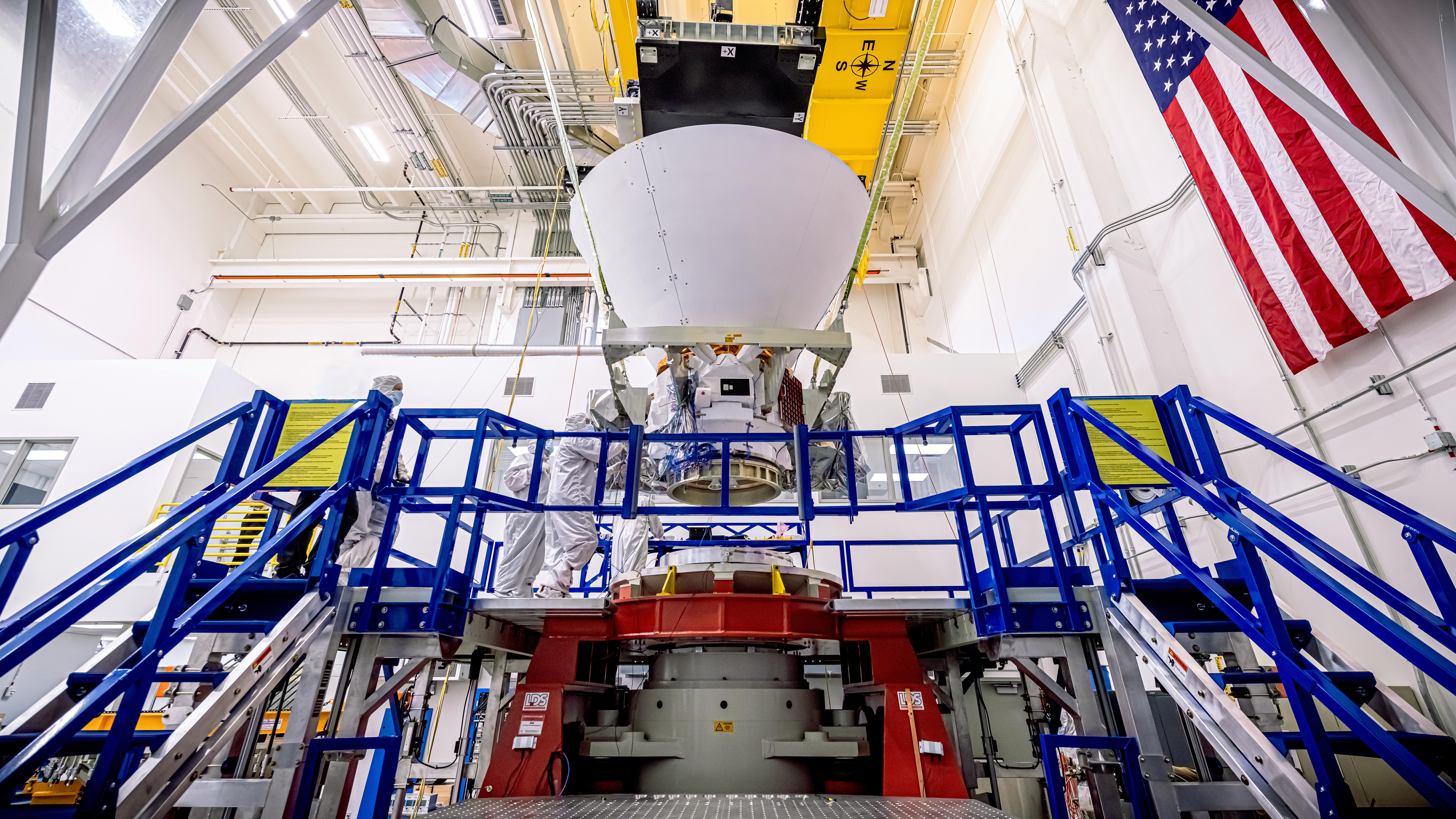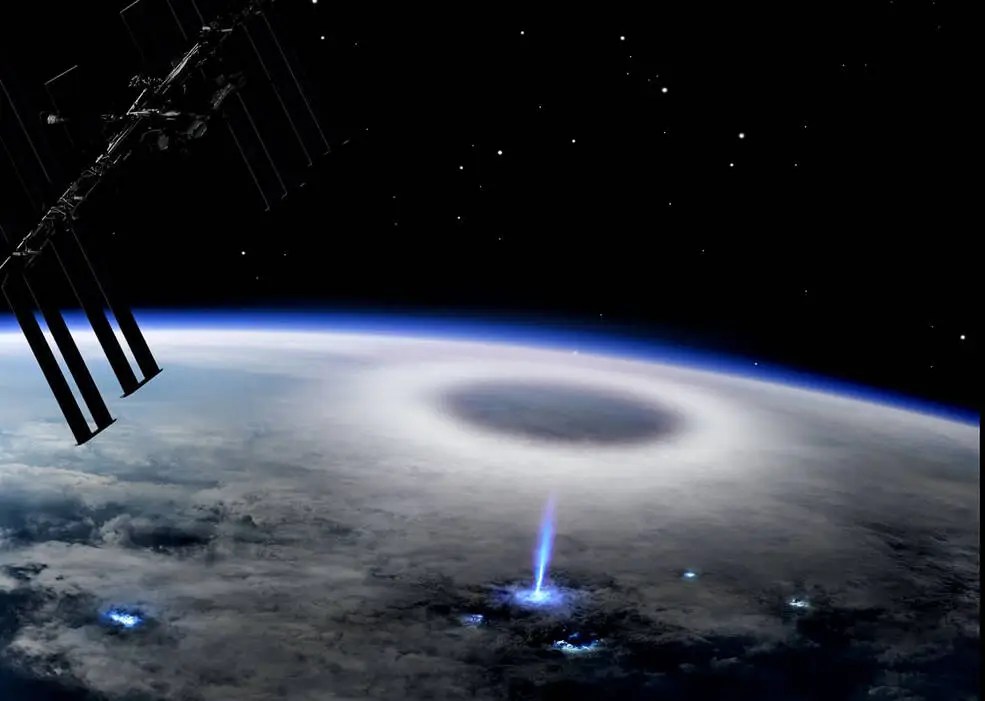Key NASA Scientist Previews Mars Sample Return Campaign
| Credit | NASA |
|---|---|
| Language |
|
Dr. Thomas Zurbuchen, NASA’s Associate Administrator for the Science Mission Directorate, explains the planned joint NASA/ESA effort to bring to Earth samples being collected on Mars by NASA’s Perseverance rover.
For more information, visit: https://mars.nasa.gov/msr
TRANSCRIPT
Hey, I’m Thomas Zurbuchen, the head of Science at NASA. I cannot tell you how excited I am to be here today with you to talk about one of the more exciting and challenging scientific missions for NASA.
The first steps of the Mars 2020 campaign were accomplished with the landing of our Perseverance rover on the surface of Mars. Then, our rover began collecting samples from the surface of Mars. This effort will continue over the next few years as we take advantage of Perseverance’s ability to capture and contain up to 40 samples.
This effort is laying the groundwork for one of our most ambitious campaigns yet – the Mars Sample Return. An international collaboration with the European Space Agency, this proposed mission is being designed to transport up to 30 of those valuable samples from the Red Planet back to Earth for future analysis.
By returning Martian samples to Earth, we can apply the full breadth of terrestrial science laboratories’ capabilities and research. We also believe this to be the next logical step in our quest to eventually land humans on the surface of Mars. Moreover, the samples collected by Perseverance during its exploration of an ancient river delta are thought to be the best opportunity to reveal the early evolution of Mars, including the potential for life.
There’s so much to focus on for something this complex. One key area is, of course, safety. A major focus of this effort is the safety of our home planet. Planetary protection is the discipline of protecting solar system bodies such as planets and moons from possible contamination by Earth life, while protecting Earth’s biosphere from any potential adverse effects that could result from bringing material collected from these bodies back to our planet.
The NASA/ESA team is working closely with each agency’s planetary protection leadership to ensure that every spacecraft sent to the Red Planet has been cleaned to prevent Earth organisms from compromising scientific investigations, and to implement numerous steps designed to protect Earth and provide safety assurance by preventing any uncontained or unsterilized Mars material from being delivered to Earth. NASA takes these efforts seriously, and we have put work into assessing the risk.
The question of whether samples from Mars could present a hazard to Earth’s biosphere has been studied by several different panels of scientific experts from the United States and elsewhere over the past several decades. Reports from these panels have found an extremely low likelihood that samples collected from areas on Mars like those being explored by Perseverance could possibly contain a biological hazard to our biosphere.
With that, I just want to tell you how excited I am to be part of this history-making mission – truly international breakthrough mission – addressing one of the most exciting questions that has been boggling human minds for millennia, and that is: “Is there life elsewhere?” This mission will give us a partial answer to that relative to Mars. Thank you.
























